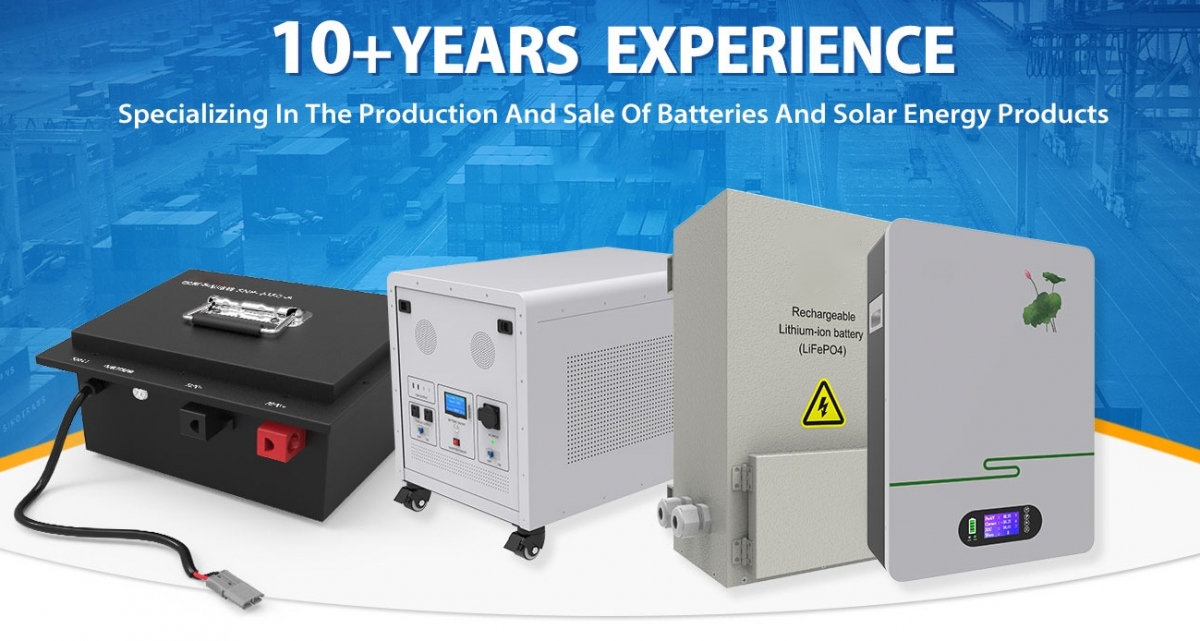- 16
- Nov
Analysis of the historical time of lithium battery cathode materials source
Cathode material analysis
In 2012, lithium batteries accounted for 41% of global lithium terminal demand. The input and output performance of a lithium battery depends on the structure and performance of the internal data of the battery. The battery internal information includes negative information, electrolyte, membrane and positive information. Positive data is the core key information, accounting for 30-40% of the cost of lithium batteries. The rapid expansion of consumer electronics stores (laptops, tablets, smart phones, etc.) has led to a surge in demand for lithium batteries. In the future, electric vehicles and energy storage plants in the new energy sector will also rely on lithium batteries. By 2013, the global lithium battery industry is expected to reach 27.81 billion US dollars. In 2015, the industrial application of new energy vehicles will drive the global lithium battery industry to reach US$52.22 billion. With the expansion of the lithium battery industry plan, Positive Data’s lithium battery industry plan is also in a rapid expansion stage, and the application of lithium cobalt oxide is the most mature.

Use category decomposition with positive data
The positive data of lithium batteries currently being used and developed are mainly composed of ternary data of lithium cobalt acid, lithium nickel cobalt acid, nickel manganese cobalt, spinel lithium manganese acid and olivine lithium iron phosphate. In my country, cathode data mainly includes lithium cobalt oxide, ternary data, lithium manganate and lithium iron phosphate. The application category decomposition of positive data is of great significance. Lithium cobalt oxide is still an important source of positive data for small lithium batteries, and it is also of great significance for traditional 3C lithium batteries. Ternary data and lithium manganese oxide are important components of small lithium batteries. In Japan and South Korea, battery technology is relatively mature and is important for electric tools, electric bicycles and electric vehicles. Lithium iron phosphate is widely used in my country and is the future development direction. It has important application value in the fields of base station and data center energy storage, home energy storage, and solar energy storage.
Lithium cobalt oxide will gradually be replaced
The production process of lithium cobalt oxide is simple, the electrochemical performance is stable, and it is one of the first advantages of full commercialization. It has the advantages of high discharge voltage, stable charge and discharge voltage, and high energy ratio. It has important applications in small battery consumer products. The consumer electronics market is developing rapidly, and the sales of lithium cobalt oxide battery cathode materials account for the largest proportion, but the high capital is not conducive to environmental protection, the specific capacity utilization rate is low, the battery life is short, and the safety is poor. Ternary data integrates the advantages of lithium cobalt, lithium nickel and lithium manganese and has a price advantage, but its use is affected by the price of cobalt. When the price of cobalt is high, the price of ternary data is lower than that of cobalt lithium, which has strong market competitiveness. But when the price of cobalt is lower, the advantage of triad data related to cobalt and lithium is much smaller. At present, the replacement of lithium oxide data by ternary data is a general trend.
Ternary data has the advantage of low cost
The ternary data is prepared by introducing nickel, cobalt, and manganese in a certain proportion, and then introducing a lithium source. Tesla’s first sports car used 18650 lithium cobalt oxide batteries, while its second production model Model-s used Panasonic’s customized Ternary-Data battery, which is a nickel-cobalt-aluminum battery. Ternary-PositiveData battery. Lithium cobalt oxide batteries are expensive, so it makes sense to compare the performance of the two models before and after Tesla. Model s uses more than 8,000 batteries, which is more than 1,000 more than Roadster. However, due to the better cost control of the 3-way battery, the cost has been reduced by 30%. At present, there is still a big gap between my country’s high-performance lithium battery NCM ternary data and the international market, and there are two major obstacles in equipment and stability control technology, and the development is obviously lagging behind. It has been widely used abroad, but our company has no products yet.
